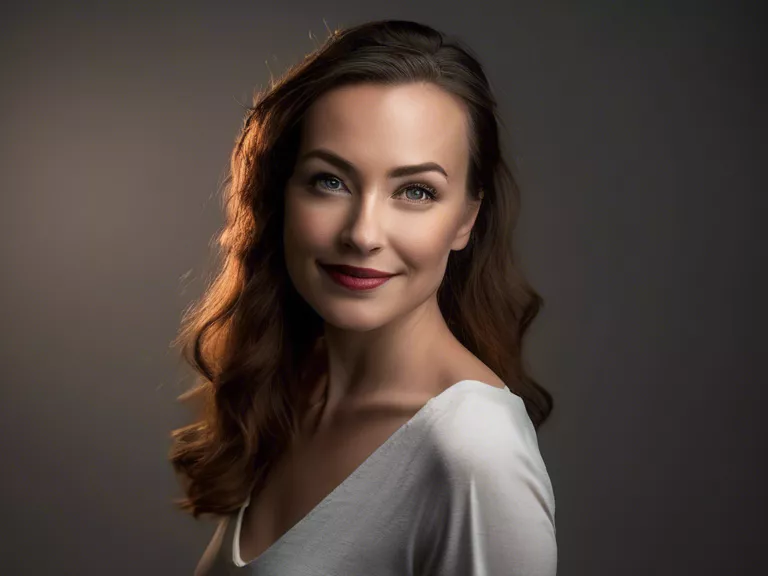
Lighting plays a crucial role in capturing professional-quality portraits. Whether you are shooting in a studio or outdoors, the way light interacts with your subject can make or break the final image. Understanding how to utilize different lighting techniques can help you achieve stunning portrait photographs that stand out from the rest.
One of the key factors to consider when setting up your lighting for portraiture is the quality of light. Soft, diffused light is generally more flattering for portraits as it helps to minimize harsh shadows and create a more even appearance on the subject's skin. This can be achieved through modifiers like softboxes, umbrellas, or reflectors. On the other hand, harsh, direct light can create unflattering shadows and highlights that may not be ideal for portraits.
The direction of light is another important aspect to consider. Front lighting, where the light source is facing the subject, can produce a well-lit but flat image. Side lighting can add depth and dimension to the portrait by creating shadows that add interest and shape. Backlighting can create a halo effect around the subject, emphasizing their silhouette and adding a dramatic touch to the image.
In addition to the quality and direction of light, the color of light also plays a role in portrait photography. Different light sources have different color temperatures, which can affect the overall mood and tone of the image. It's important to consider the color of light when setting up your portrait shoot to ensure that your subject's skin tones appear natural and true to life.
Overall, mastering the art of lighting in portrait photography can elevate your images to a professional level. Whether you're a beginner or an experienced photographer, taking the time to understand and experiment with different lighting techniques can help you capture portraits that truly shine.



